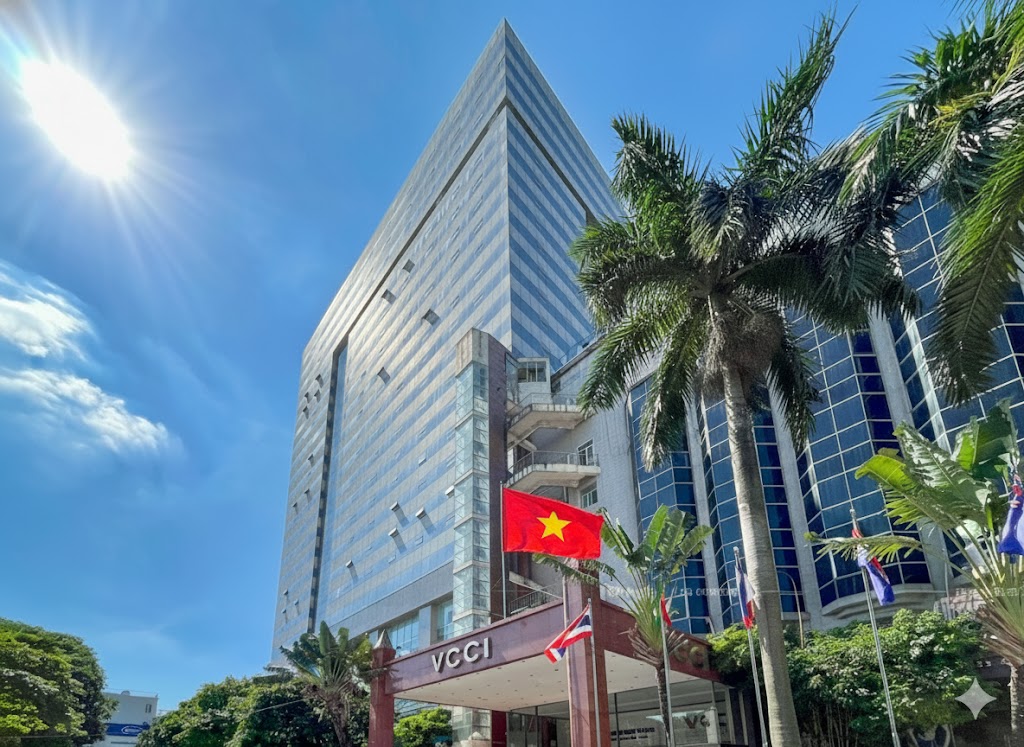What outlook for ACB stock?
Although asset quality experienced a slight deterioration, in line with the broader industry trend, Asia Commercial Joint Stock Bank (HoSE: ACB) maintained the best-managed non performing (NPLs) in the banking system. By the end of 2024, ACB’s profit before tax (PBT) totaled VND21,006 billion (+4.7% YoY), fulfilling 96% of KBSV’s forecast.

By the end of 2024, ACB’s profit before tax (PBT) totaled VND21,006 billion (4.7% YoY).
Following its 3Q2024 restructuring efforts, ACB has maintained robust credit growth. KBSV believed ACB would effectively leverage growth drivers across key segments, supporting its 17% growth projection in the coming period:
First, retail lending (63% of total outstanding loans) is expected to rebound strongly, particularly in mortgage loans, as the Southern Vietnam’s real estate market catches up with Northern Vietnam’s recovery. ACB's outstanding real estate loans currently total approximately VND 119 trillion (21% of total outstanding loans), with 80% allocated to home purchases and the remainder for investment and rental purposes. Additionally, household business lending is expected to maintain positive growth momentum, supported by economic recovery. Overall, retail lending may expand by 18-20% from the 2024 base level.
Second, following its successful shift towards corporate clients, ACB appears to have adopted a more flexible risk appetite than in previous periods. However, this bank will maintain its prudent approach by carefully selecting borrowers and closely monitoring loan quality. Key sectors include trade, manufacturing, construction, and industrial real estate.
Third, ACB aims to further strengthen ACBS and ACBL, following their strong business performance last year. Specifically, ACBS saw a 172% YoY increase in margin lending income, while proprietary trading profits grew by 40% YoY. Meanwhile, ACBL’s net profit rose by 24% YoY. As part of its 2025 capital expansion plan, ACB plans to inject an additional VND 3 trillion into ACBS to reinforce its market position and expand operations.
Overall, banks that can sustain low lending rates to boost growth while effectively managing funding costs will be better positioned to mitigate NIM compression. KBSV believes ACB has excelled in executing both strategies, thanks to its diversified funding sources in 2024. Notably, the bank has strengthened its long-term funding through bond issuances with longer maturities and lower costs compared to customer deposits.
As a result, despite limited upside for deposit rates in the retail deposit market (Market 1), ACB remains well positioned to ensure liquidity stability, supporting KBSV’s 17% growth projection in the coming period. Asset quality is set to improve as NPLs seem to have peaked. The NPL ratio remained stable at 1.5%, supported by a significant decline in loans classified under groups 2-4 (special-mention, substandard, and doubtful debts). However, bad debt (group 5) surged by 11% QoQ, partly due to the expiration of Circular 02, which triggered the reclassification of restructured loans after their rescheduling period.
Currently, restructured loans under Circular 02/NHNN stand at approximately VND 1,100 billion (0.2% of total outstanding loans), with 80% classified as standard debts (group 1), and were fully provisioned. Meanwhile, NPL formation declined further across quarters, suggesting that NPLs may have peaked. While asset quality pressures may persist, potentially causing a temporary increase in NPLs in 1Q2025 due to the Lunar New Year holiday, ACB aims to maintain asset quality throughout the year, targeting an NPL ratio below 1.5%.
Additionally, KBSV anticipates a more widespread and balanced recovery in the property market across regions, enhancing liquidity and facilitating more efficient bad debt resolution. In 2024, provision expenses were lower than KBSV's expectations, despite NPLs rising in line with industry trends. As a result, ACB's loan loss coverage ratio (LLCE) dropped to 76% from 91% in 2023. Given this, KBSV maintains a cautious stance, expecting the bank to raise provisions in the near term to strengthen its buffer, especially as the bank has demonstrated greater flexibility in its risk appetite.
KBSV used a combination of the P/B and residual income methods to determine a fair price for ACB. For the P/B method, KBSV maintains its target P/B ratio at 1.6x, in line with the bank’s 5-year average P/B ratio. As for the residual income method, KBSV incorporates the residual income method to account for systematic risks and long-term expectations. After adjusting its financial forecasts to reflect challenges in NIM recovery and weaker-than-expected NII, particularly from bancassurance operations, KBSV revised the target price to VND 35,400 per share, implying a potential upside of 34% from the closing price on March 11, 2025.








